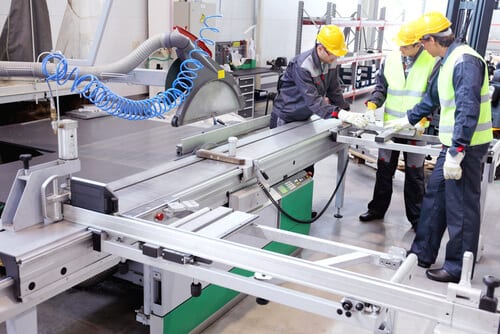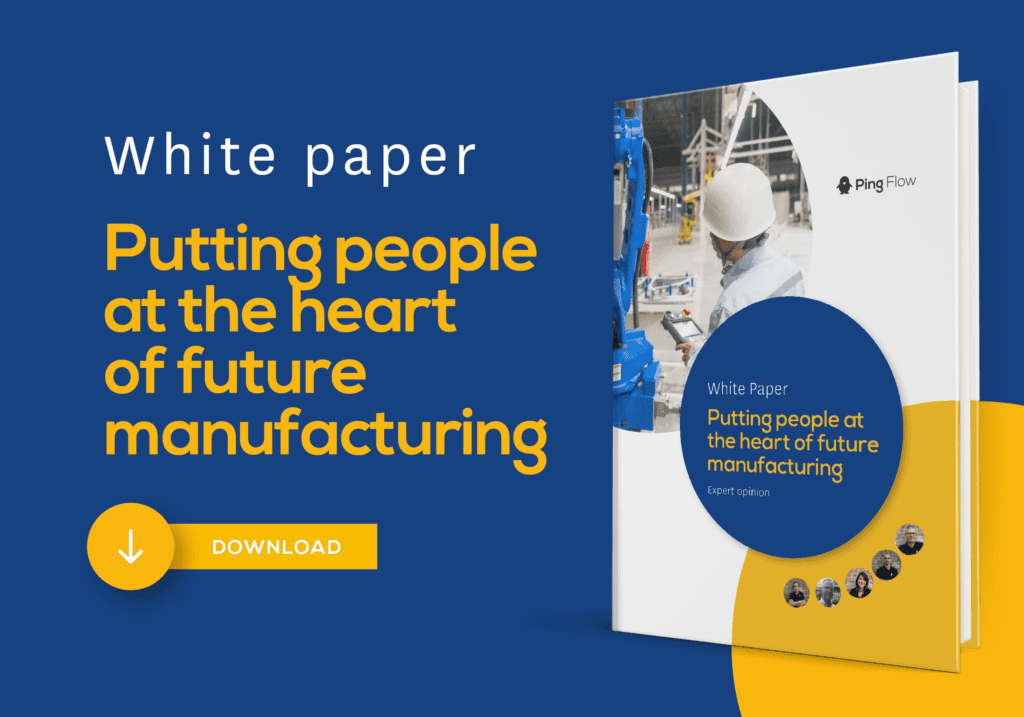Operational management is a key element to improving manufacturing productivity. With the arrival of new industrial tools, factories are overflowing with production data allowing them to obtain a 360° vision of activity and therefore optimise production. But to be efficient, it’s important to understand how to exploit them fully.
The ups and downs of production: difficulties for production teams

However, things do not always turn out as expected. There are many potential and unforeseen sources of risk: Shortages of raw materials, machine outages, reduced rates of production, incorrect product quantities, production ahead or behind schedule … all these incidents impact the production cycle directly and therefore the customer.
How to optimise production management?

Digital visual management solutions such as Pingflow allow you to implement screens in your production workshop and to distribute information in real time. Thus, thanks to pertinent information, teams can react quickly to production incidents, take appropriate decisions, find the required solutions and meet objectives despite incidents. Operational management is faster and more reliable, actions can be prioritised, which increases the productivity of your teams.
Implementing a digital visual management solution in your workshops also reassures your customers and shows them that you have initiated your digital transformation. And in the era of future manufacturing, this might be a criterion for prospective customers who visit your establishment.
Personnel at the heart of Industry 4.0: The arrival of self-managemente

And the future factory also hopes to develop the self-management of production staff. Using real-time distributed information, they have access to all the data they need about their machines (performance) and can thus take appropriate decisions without referring to their manager if an incident occurs. They therefore become more independent (autonomous) and acquire skills, which represents a gain in time for all concerned.
But for this to work, it is essential to involve them in the visual management project from the start, by organising workshops before deploying the solution, together establishing the indicators to be displayed, and by training them on the new tools. Without a manager’s commitment, operators will not adhere to the project either, and all digitalisation efforts will be in vain.




